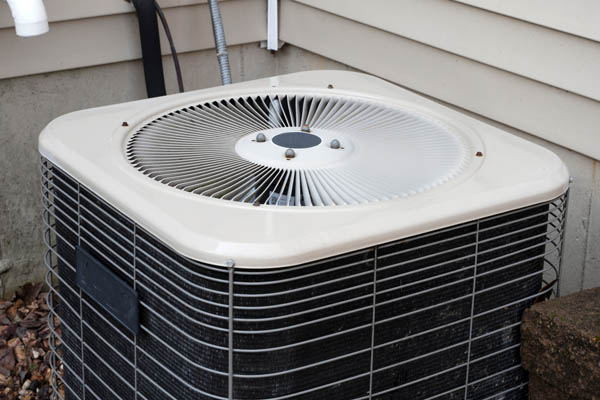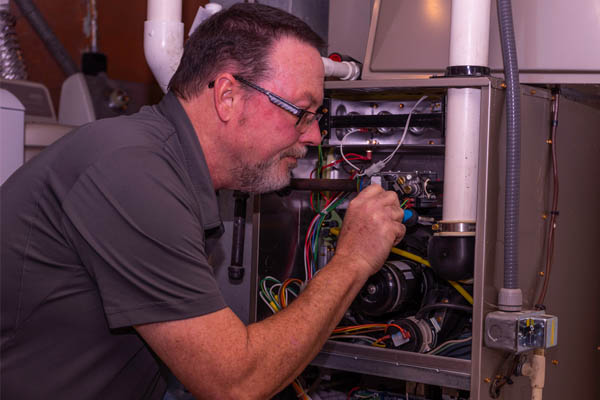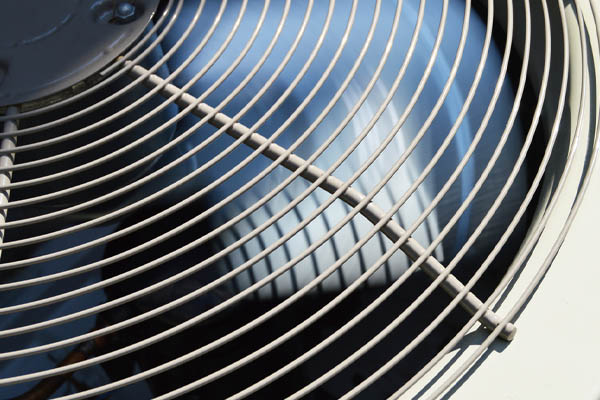Crucial Distinctions Between Central & Forced Air Heating Systems

If you’re in the market for a new HVAC system, either as a first-time buyer or looking to replace your existing one, understanding the distinctions between the different types of systems is crucial. HVAC units are primarily available in two forms: forced air and central air. In this article, we’ll delve into the specifics of central vs forced air systems, outlining the advantages of each. Our goal is to provide comprehensive insights to determine the most suitable option for your home.
Understanding HVAC systems can be challenging due to many technical terms that might be unfamiliar to many. Point Bay Fuel, renowned for being the most knowledgeable and experienced HVAC installers in your region, is committed to providing you with all the essential information needed to purchase a new HVAC system. You can be assured of making an informed and correct decision when you choose our services.
What Is Forced-Air and How Does a Forced-Air System Work?
Contents
The term “forced air” is commonly used in the HVAC industry to describe air heating systems. However, this description is somewhat broad. Essentially, a forced-air system encompasses any HVAC unit that propels temperature-controlled air into a residence through a network of vents and ducts.
When HVAC professionals specifically refer to heating in the context of forced air, they typically indicate systems like furnaces or heat pumps.
How Does a Furnace Work?

Furnaces, whether they run on gas, oil, electricity, or propane, follow a similar mechanism to heat homes:
- The energy source (propane, oil, natural gas, or electricity) produces heat within the furnace.
- This generated heat is transferred to a heat exchanger.
- The home’s air, circulating through the ductwork, passes over the heat exchanger and warms up.
- A blower propels this heated air through the ducts, distributing warmth throughout the house.
This process is why many refer to furnaces as “forced-air furnaces.” The term emphasizes their function of forcing heated air across various rooms in a home with a blower.
How Does a Heat Pump Work?
A heat pump functions similarly to an air conditioner, with the unique ability to provide heating and cooling. It extracts heat from inside the house and releases it outdoors during warmer months. It reverses this process during colder months, drawing heat from the outside air and transferring it indoors.
The heating process of a heat pump involves several steps:
- The evaporator unit captures heat from an external source and conveys it to a heat exchanger. Different types of heat pumps source heat from different sources, like the air, ground, or water.
- As the refrigerant encounters heat, it transforms into a vapor. This vaporized refrigerant then flows to the compressor, where its compression intensifies the heat.
- After transforming into a gas, the refrigerant moves to the condenser. Here, it reverts to a liquid state. The condenser acts as another heat exchanger, enabling the home’s central heating system to absorb the heat.
- Subsequently, the system disperses this heat throughout the residence.
- Some heat pumps heat water and circulate it through underfloor piping or into radiators for a more evenly distributed warmth. Others employ motorized blowers to propel heated air into the ductwork, effectively warming the house.
What Is Central Air Conditioning and How Does It Work?

Central air conditioning is a system designed to maintain a cool and comfortable environment in a home using a closed loop of refrigerated air. It typically comprises both outdoor and indoor units that operate together. The process of cooling a home with central air involves the following steps:
- Warm air from inside the home is drawn into the system through a vent. This air then passes over the evaporator coils, which absorb the heat from the air. The now cold air is circulated back into the home through the ductwork.
- After absorbing heat, the refrigerant in a central air conditioning system transitions from a liquid to a gas. This gaseous refrigerant then flows towards the compressor. Inside the compressor, the volume of the gas is reduced, which elevates its temperature and pressure.
- Next, this high-temperature gas moves to the condenser in the outdoor unit. This is where it releases its heat to the outside environment. This release of heat enables the gas to change back into a liquid form.
- Once the refrigerant cools down, it is recirculated through the system, ready to repeat the cooling cycle.
What Is the Difference Between Central Vs Forced Air Systems?
The primary distinction between central air and forced-air systems lies in their specific functions. Central air systems are exclusively designed for cooling purposes. They utilize a network of vents, ducts, and a plenum—a unit essential for air distribution—in a forced-air configuration to circulate temperature-controlled air. Notably, a central air conditioning system often shares the same ductwork as your furnace, allowing it to distribute cool air throughout your home. However, there is no other direct connection between the two beyond this shared duct system.
The similarity in utilizing the same ductwork and employing comparable methods for regulating temperature often leads to confusion between forced air and central air systems. This is a primary reason why many industry professionals tend to use the terms interchangeably.
Should I Choose a Forced-Air or Central Air HVAC System?

A forced-air system provides efficient cooling and enhances indoor air quality through filtration. You have the flexibility to improve this filtration quality as needed. Additionally, a forced-air system can effectively reduce humidity levels naturally, contributing to a more comfortable indoor environment. Maintenance requirements for these systems are generally not excessive, and they can reduce your monthly energy expenses.
Today’s market offers a range of high-performance, energy-efficient air conditioning units. A forced-air HVAC system could be the ideal solution if you’re facing persistent humidity issues in your home. On the other hand, if your home already has a functional air duct system, opting for a central air system might be more suitable. Consult a trustworthy HVAC technician for the installation of your new system. Professional installation guarantees optimal performance and can lead to reduced utility bills.
Conclusion
Heating and cooling systems are vital in ensuring our homes remain comfortable and inviting for both residents and guests. The choice between central vs forced air systems largely depends on your specific environmental needs and personal preferences.
Contact Point Bay Fuel for Comprehensive HVAC Solutions
Point Bay Fuel is your go-to provider for exceptional heating and cooling services in Ocean County and Monmouth County, New Jersey. Our team comprises highly skilled, professionally certified technicians adept at delivering top-notch HVAC maintenance, repairs, installations, replacements, and more. Each technician has the expertise and experience needed to service your HVAC system efficiently and effectively.
We pride ourselves on offering the region’s most competitive prices for heating and cooling services. Our maintenance solutions are designed to enhance comfort, boost energy efficiency, and lower heating and cooling expenses. In situations requiring HVAC repair or system replacement, Point Bay Fuel is ready to recommend the most suitable options for your home, ensuring they align with your budget. We stand behind our work with a satisfaction guarantee as a testament to our commitment to quality. To arrange a service visit, contact Point Bay Fuel. We provide complimentary, in-home estimates. Call now to get started!
Contact us now by calling (732) 349-5059 to speak to one of our home comfort specialists! Click the link to view our service area.

Related Articles:
